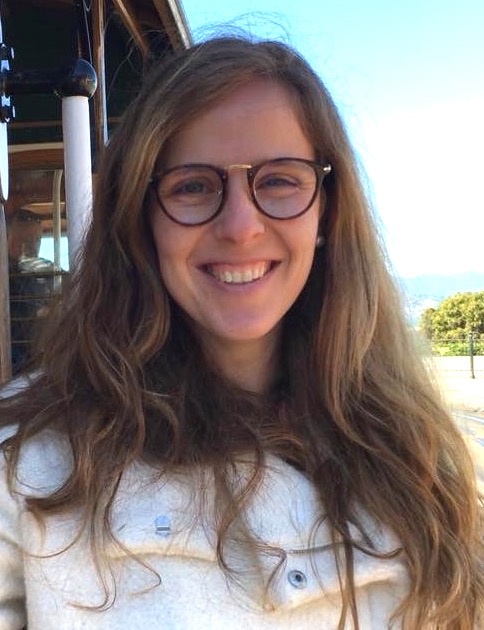Pozo Buil, Maria Mercedes
|
Mercedes (Mer) Pozo Buil is a Postdoctoral Scholar at the University of California Santa Cruz in the Institute of Marine Sciences. Her research interests lie in ocean modeling, ocean and climate dynamics, and decadal climate variability and their impact on marine ecosystems. Mer is currently working in producing seasonal forecasts and climate projections for the California Current Upwelling System. Her ultimate goal is to become a professor at a research university. She is also interested in the design of learning activities and further developing her leadership skills and teaching experience.
|
 |
Teaching Activity Summary
Name of Teaching Activity: Climate WEST
Teaching Venue & Date: WEST 2019, Sept 18-19 2019
Learners: 23 community-college transfer students.
Assessment of learners’ proficiency with main STEM practice
The core STEM practice of our activity was constructing an argument based on the interpretation of data. Constructing arguments or claims from data is a key and an everyday practice in science and engineering. The ultimate goal of science is to construct arguments or claims from data that provide explanatory accounts of the world. Constructing arguments is also crucial to develop skills of critical thinking and to understand a core aspect of the practice of “doing science” (Kuhn, 1993, Driver et al., 2000). This practice usually culminates in different ways of communicating and sharing the science (e.g., journal publications and conferences), where it is important not only to construct or own arguments, but also be able to evaluate arguments that have been made by others and to be able to make judgments about the quality of an argument without having necessarily participated in the process that produced that particular argument (e.g., peer-review publications, arguments from media and politicians). This shows the sociocultural perspective of the practice of scientific argumentation and its link to social sciences (Ryu and Sandoval, 2012). We chose this STEM practice because learners usually struggle to understand what is evidence, what counts as appropriate evidence, and how to use this evidence to support their claims, which is connected to the learners understanding of the content. When not using evidence, they make conclusions from their own personal beliefs and other knowledge. (McNeill et al., 2006). In addition, reasoning is the most challenging part of this practice. Learners often link their arguments to the evidence, but they fail in articulating why, or stating the scientific principle that allowed them to make that connection. (McNeill et al., 2006, Ryu and Sandoval, 2012).
In our activity, we assessed the following dimensions from this STEM practice: (1) stating an argument or claim that addresses their question of interest; (2) using relevant data to support the argument; and (3) reasoning that links evidence to the argument. Taking into account these dimensions, learners demonstrated efficiency constructing an argument when (1) they made a specific argument that addresses the content prompt or their question of interest; (2) all relevant data is used as evidence, conflicting data is discussed appropriately, and the significant features and patterns in the data are identified; and (3) they included a statement that connects/links/justifies all the evidence to the arguments. A concrete example from a proficient team investigating the climate in Tokyo was: “Our question was what are projected rate of changes in temperature, precipitation and sea level in Tokyo? By making linear regressions of the variables in time, we found that the temperature and sea level are projected to increase at rate of change of 0.0023 °C/year and 0.04 cm/year, respectively, while the rate of change of precipitation is projected to decrease by 0.02 m/s/year by the end of the century”. They made a clear statement of the rate of change of the variables using the provided data and justified their argument with it.
